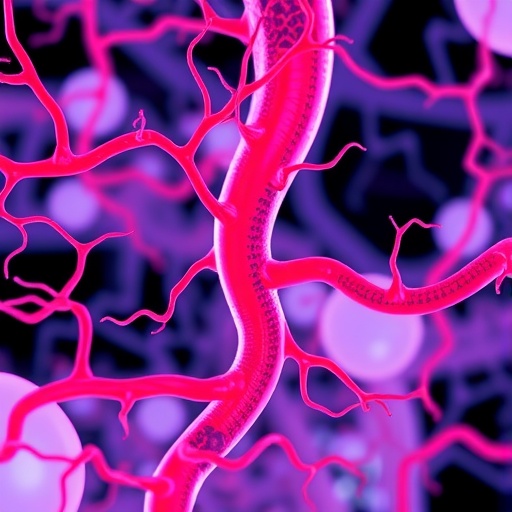
Credit: World Scientific
The importance of graphene can hardly be overstated. Graphene is the thinnest material comprised of atoms. It is only one atomic layer thick and hence an almost ideal representation of a two-dimensional material in our three-dimensional world. It has unique physical properties, including extreme mechanical strength and large electrical and thermal conductivity. Ever since the isolation of graphene with the "sticky-tape method" by Geim and Novoselov in 2004, for which they received the Nobel prize in 2010, research on graphene has increased dramatically. According to an article by Andrew Plume in the September 2014 issue of Research Trends (Issue 38, http://www.researchtrends.com), publications on graphene have increased almost exponentially from about 100 in 2004 to almost 10,000 in 2013. During the past decade, graphene has also paved the way for the exploration of other two-dimensional materials such as the transition-metal dichalcogenides.
Optical Properties of Graphene, a book solely devoted to the optical properties of graphene, reviews the unique properties of graphene that hold great promise to revolutionize many photonic and opto-electronic devices. Comprising thirteen chapters written by world-renowned researchers in this field, the book covers a wide range of optical aspects of graphene, ranging from fundamental quantum mechanical properties to opto-electronic device applications of graphene. The chapters cover linear and nonlinear spectroscopy and optical response, including ultrafast pump-and-probe spectroscopy, terahertz spectroscopy, Raman spectroscopy, ultraviolet spectroscopy, with some chapters focusing on experiments and others on theory. They also cover examples of applications such as saturable absorbers, optical modulators and transparent electrodes.
For readers less familiar with graphene, an introductory tutorial has also been included in the book. The tutorial presents basic physical concepts of graphene at a graduate-student level. In particular, it covers the electronic bandstructure, optical matrix elements, interband polarization, and the absorption spectrum of graphene.
This book is sold at major bookstores at US$160 / £133 (hardcover). To know more about the book, or to place and order, visit http://www.worldscientific.com/worldscibooks/10.1142/10255.
###
About the Editor
Dr Rolf Binder is a professor at the University of Arizona, USA, with joint appointments in the College of Optical Sciences and the Department of Physics. He studied physics at the universities of Dortmund and Stuttgart, Germany. He received his Ph.D. in theoretical physics from the University of Dortmund in 1988 and joined the University of Arizona in 1989. Using a variety of theoretical formalisms, including non-equilibrium Green's functions, his research focuses mainly on the analysis and application of optical properties of solids. Dr Binder has published, among other publications, more than 110 papers in peer-reviewed scientific journals and is a Fellow of the Optical Society of America. A list of publications can be found at https://wp.optics.arizona.edu/binder.
About World Scientific Publishing Co.
World Scientific Publishing is a leading independent publisher of books and journals for the scholarly, research, professional and educational communities. The company publishes about 600 books annually and about 130 journals in various fields. World Scientific collaborates with prestigious organizations like the Nobel Foundation, US National Academies Press, as well as its subsidiary, the Imperial College Press, amongst others, to bring high quality academic and professional content to researchers and academics worldwide. To find out more about World Scientific, please visit http://www.worldscientific.com.
For more information, contact Amanda Yun at [email protected]
Media Contact
Amanda Yun
[email protected]
@worldscientific
http://www.worldscientific.com
############
Story Source: Materials provided by Scienmag




